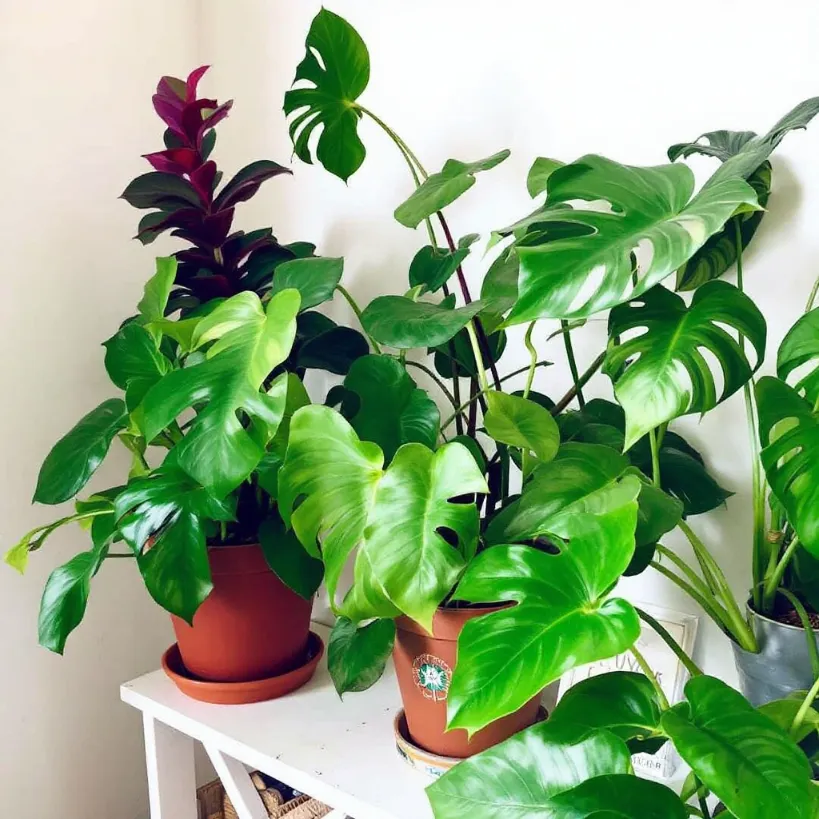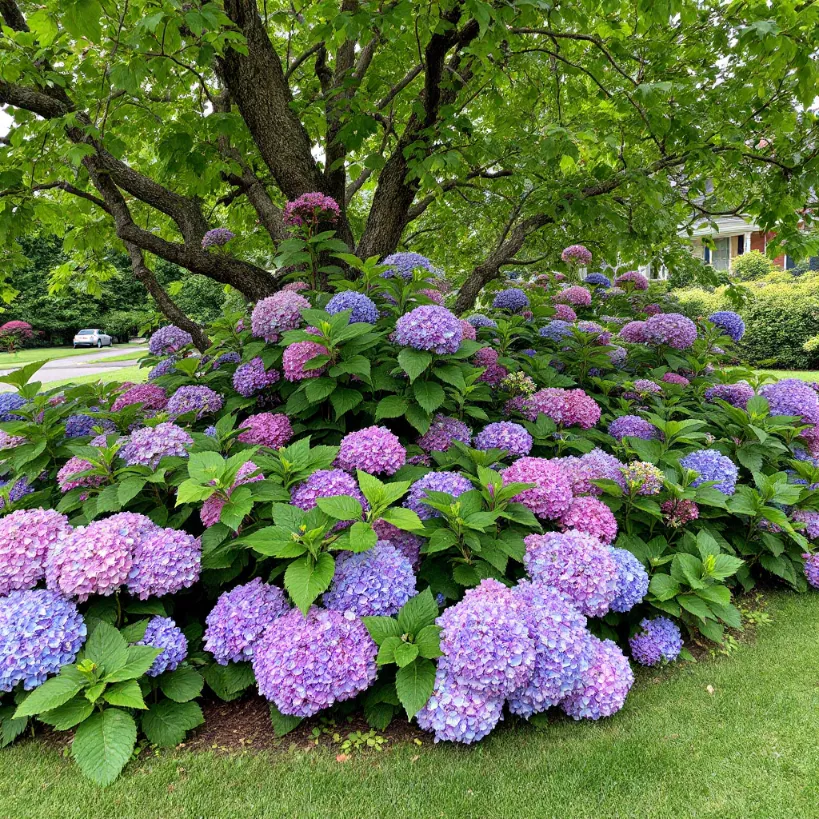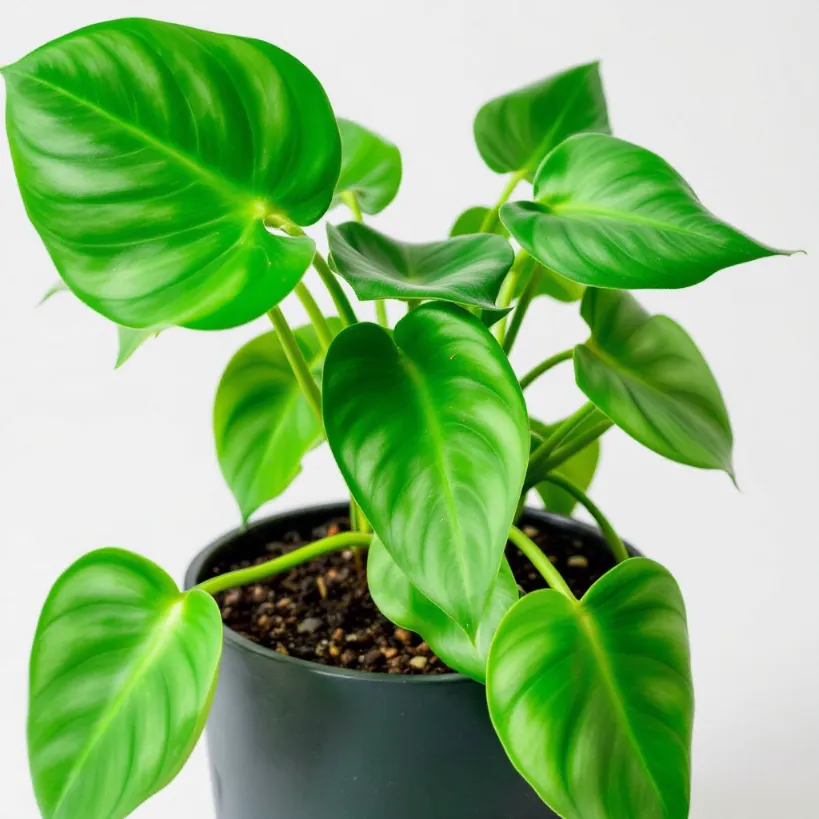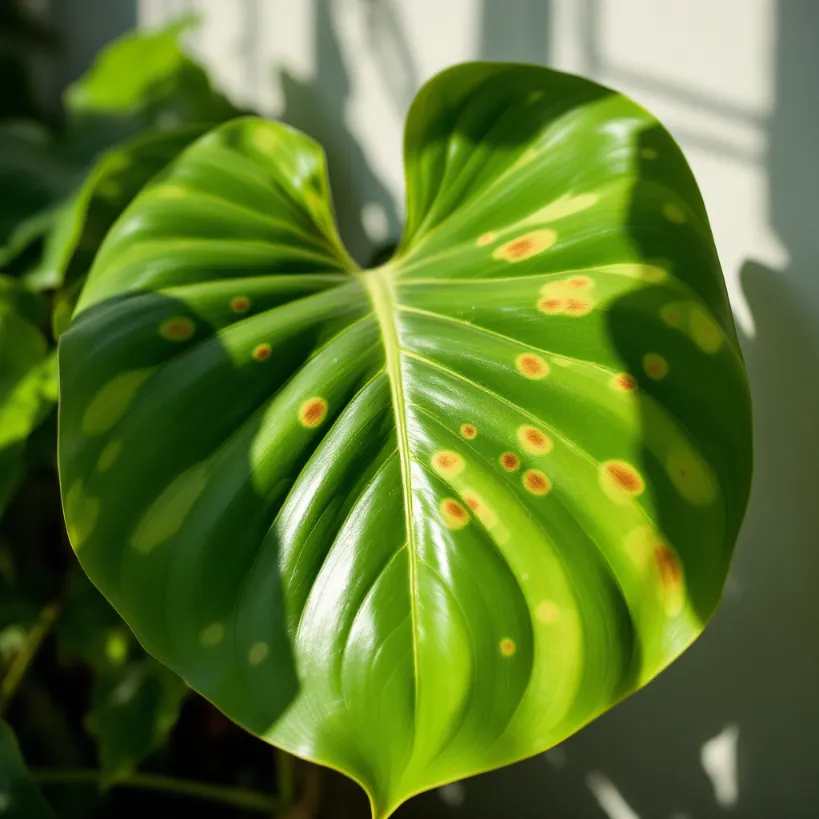Philodendrons are beloved houseplants known for their lush green leaves. However, brown spots can sometimes mar the beauty of these plants. Understanding the causes of brown spots is crucial in order to address the issue and maintain the health and appearance of your philodendrons.
Overwatering as a Cause of Brown Spots
One common cause of brown spots is overwatering. When philodendrons are subjected to excessive moisture, their roots may become waterlogged, leading to root rot. This condition can hinder the plant’s ability to absorb nutrients properly, resulting in brown spots on the leaves. Additionally, bacterial and fungal infections can take hold in the damp environment, further contributing to the formation of brown spots. It is important to strike a balance in watering, allowing the soil to dry out between waterings and ensuring proper drainage to prevent overwatering.
Identifying Different Types of Brown Spots on Philodendrons
Philodendrons can develop different types of brown spots on their leaves, each with its own underlying cause. Identifying these different types is essential in order to take appropriate action.
Leaf Tip Burn

One common type of brown spots on philodendrons is leaf tip burn. This type of spotting occurs at the tips of the leaves and gradually progresses inward. Leaf tip burn is often caused by over-fertilization or inconsistent watering practices. When the roots are exposed to high levels of fertilizer or when the plant receives too much water, the excess nutrients cannot be properly absorbed, leading to the development of brown spots at the leaf tips.
Fungal or Bacterial Leaf Spots
Another type of brown spots on philodendrons is fungal or bacterial leaf spots. These spots can vary in shape and size, appearing as circular or irregular patches on the leaves. Fungal leaf spots are usually accompanied by a yellow halo surrounding the brown spot, while bacterial leaf spots may have a water-soaked appearance. These spots are typically caused by poor air circulation, excess moisture, or improper handling of the plant. Fungal and bacterial leaf spots can spread quickly and should be addressed promptly to prevent further damage to the philodendron.
Creating the Ideal Growing Conditions for Spot-Free Philodendrons

To prevent brown spots on philodendrons, it is important to create the ideal growing conditions for these tropical plants.
Light Requirements
Philodendrons prefer bright, indirect light. Placing them near a window with filtered sunlight or using grow lights can ensure they receive adequate light without being exposed to direct sunlight, which can scorch their leaves.
Humidity Levels
Maintaining a consistent level of humidity is essential for keeping philodendrons healthy and free from brown spots. These plants thrive in environments with humidity levels between 50% and 60%. To increase humidity, you can place the philodendron on a pebble tray filled with water or use a humidifier in the room where it is located.
Effective Watering Techniques for Preventing Brown Spots
Proper watering techniques play a crucial role in preventing the unsightly development of brown spots on Philodendrons.
Moisture Level
Ensure that the soil is only moist, not soggy. Allow the top inch of soil to dry out before watering your Philodendron again.
Drainage
Use well-draining soil with perlite or coarse sand for enhanced drainage. Additionally, using pots with drainage holes and placing them on saucers to catch excess water can help regulate moisture levels and prevent the formation of brown spots on the leaves.
Choosing the Right Fertilizer to Minimize Brown Spots

Choosing the right fertilizer is crucial for minimizing brown spots on philodendrons and promoting their overall health and spot-free appearance.
Consider the Specific Needs of Philodendrons
When selecting a fertilizer, it’s important to consider the specific needs of philodendrons. These tropical plants thrive in well-draining soil that is rich in organic matter. Therefore, choosing a fertilizer that provides a balanced ratio of nutrients, such as nitrogen, phosphorous, and potassium, is crucial for their health and spot-free appearance. Look for a fertilizer specifically formulated for houseplants or tropical plants, as these will contain the necessary nutrients in the correct proportions.
Application Method and Frequency
In addition to nutrient content, consider the application method and frequency. To minimize brown spots, it’s recommended to use a slow-release fertilizer or a liquid fertilizer diluted to half-strength. This ensures a steady supply of nutrients without overwhelming the plant. Applying the fertilizer once every two to four weeks during the growing season is generally sufficient. However, it’s important to follow the instructions provided by the manufacturer and adjust the frequency accordingly based on the specific needs of the philodendron and the condition of the soil.
By selecting the right fertilizer and applying it correctly, you can improve the overall health of your philodendron, leading to fewer brown spots and a lush, thriving plant.
Pruning and Cleaning Practices for Spot-Free Philodendrons
Regular pruning and cleaning are essential practices to ensure the health and spot-free appearance of your philodendrons.
Pruning
Regular pruning helps remove dead or damaged leaves, allowing the plant to allocate its resources to healthy growth. It also helps maintain the overall shape and size of the plant, preventing overcrowding and improving air circulation. When pruning your philodendrons, use clean and sharp tools to avoid damaging the plant. Start by removing any yellowed or brown leaves, as they are already damaged and unlikely to recover. Cut the leaf stems close to the main stem, making sure not to leave any stubs or jagged edges. If there are multiple leaves in close proximity, consider thinning them out to allow for better light penetration and airflow. Remember to disinfect your tools between cuts to prevent the spread of any potential diseases.
Cleaning
Regularly cleaning the leaves of your philodendrons is equally important. Gently wipe the leaves with a soft, damp cloth to remove dust and dirt. This not only enhances their aesthetic appeal but also prevents pests from finding shelter and causing damage. Be thorough in your cleaning, paying attention to both the upper and lower surfaces of the leaves. To avoid damaging delicate leaves, use room-temperature water and refrain from using any cleaning agents or chemicals.
By practicing proper pruning and cleaning techniques, you can promote spot-free philodendrons in your indoor or outdoor space.
Natural Remedies for Treating and Preventing Brown Spots
Natural remedies can be effective in treating and preventing brown spots on philodendrons.
Diluted Neem Oil
One popular remedy is using diluted neem oil as a natural fungicide. Neem oil contains properties that can effectively control fungal infections, which are often the cause of brown spots on the leaves. To apply neem oil, mix it with water according to the instructions on the bottle and spray it onto the affected leaves. Be sure to cover both the tops and bottoms of the leaves for maximum effectiveness.
Baking Soda Mixture
Another natural remedy is using a mixture of baking soda and water. Baking soda has antifungal properties that can help eliminate fungal infections on philodendrons. To create the mixture, combine one tablespoon of baking soda with one quart of water, and then spray it onto the affected leaves. This remedy should be applied every 7-10 days until the brown spots disappear. However, it’s important to note that using baking soda excessively can be harmful to the plant, so be sure to follow the recommended dosage and frequency.
By utilizing these natural remedies, you can effectively treat and prevent brown spots on your philodendrons.
The Role of Proper Ventilation in Avoiding Brown Spots
Proper ventilation plays a crucial role in maintaining the health and appearance of philodendrons, as it helps avoid the development of brown spots on the leaves.
Importance of Air Circulation
Adequate air circulation around the plant prevents the build-up of excessive moisture, which is a common cause of brown spots. When the air cannot freely move around the leaves, it creates a humid environment that encourages the growth of fungi and bacteria, leading to unsightly blemishes on the foliage. Therefore, it is essential to ensure that your philodendron is placed in an area with good air circulation and proper ventilation.
Placement and Air Flow
To ensure proper ventilation for your philodendron, place it in a location with access to fresh air. Avoid placing the plant in enclosed or poorly ventilated spaces such as corners or rooms with minimal air flow. Instead, opt for well-ventilated areas such as near windows or doors, where the plant can benefit from natural air currents. Additionally, consider using fans or opening windows to improve air circulation if you notice stagnant air around your philodendron.
By providing adequate ventilation, you are not only preventing the occurrence of brown spots but also promoting overall plant health.
Protecting Philodendrons from Pests and Diseases

Philodendrons are not immune to pests and diseases that can lead to unsightly brown spots on their leaves. To protect your philodendrons and maintain their vibrant appearance, it is crucial to implement effective pest and disease prevention measures.
Regular Inspection
One of the first steps in protecting philodendrons from pests and diseases is to regularly inspect them for any signs of trouble. Keep an eye out for common pests like spider mites, aphids, and mealybugs. These tiny insects can feed on the plant’s foliage, causing brown spots and overall decline in health. Additionally, be mindful of any unusual discoloration, leaf distortion, or other symptoms that may indicate the presence of diseases such as leaf spot or bacterial blight. Regular inspections will allow you to catch any issues early on, increasing your chances of successful treatment and prevention.
Ongoing Care and Maintenance
Proper ongoing care and maintenance are essential for keeping your philodendrons free from unsightly brown spots. Regular monitoring and attention to key factors such as watering, lighting, and fertilization can make a significant difference in the overall health and appearance of your plants.
By implementing these pest and disease prevention measures, you can protect your philodendrons from brown spots and maintain their vibrant beauty.
Conclusion
In conclusion, understanding the causes of brown spots on philodendrons is crucial for addressing this issue and maintaining their health and appearance. By creating ideal growing conditions, employing effective watering techniques, choosing the right fertilizer, practicing proper pruning and cleaning techniques, utilizing natural remedies when needed, ensuring proper ventilation, and implementing pest and disease prevention measures, you can keep your philodendrons spot-free and thriving.
why-does-my-philodendron-have-brown-spots
Related Topics You May Enjoy
- This principle is further explored in our detailed examination of Philodendron Problems? 7 Proven Ways to Save Yours Now! Philodendron Problems? 7 Proven Ways to Save Yours Now!.
- This principle is further explored in our detailed examination of Philodendron Verrucosum Care: The Ultimate Guide Philodendron Verrucosum Care: The Ultimate Guide.
- This concept relates closely to what we cover in our analysis of Philodendron Light: The Ultimate Guide to Healthy Plants Philodendron Light: The Ultimate Guide to Healthy Plants.